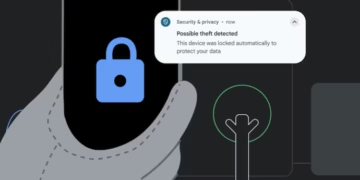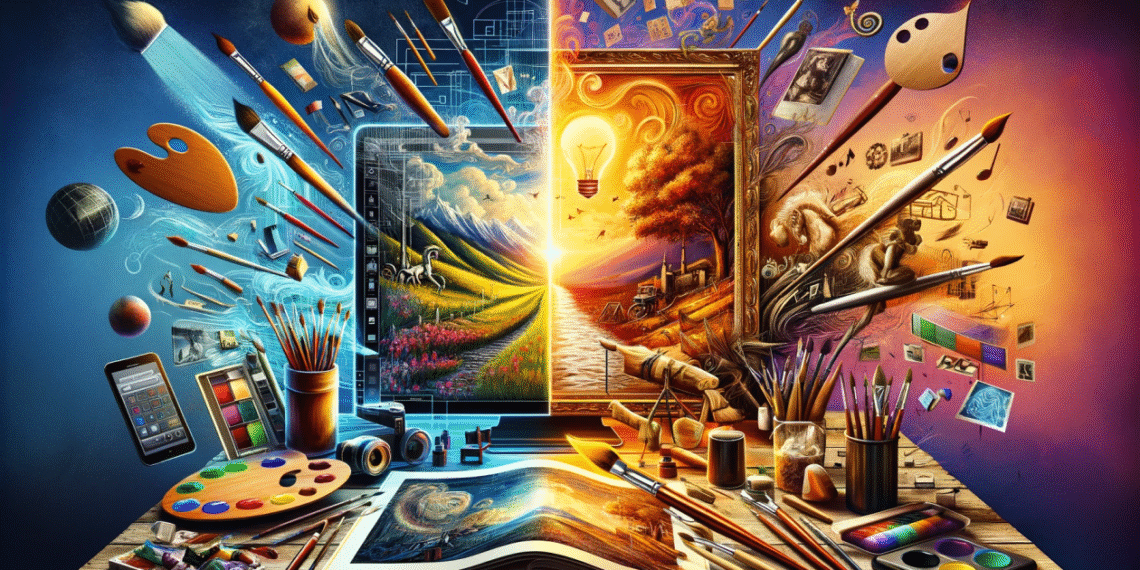Understanding Retro Pixel Creations with AI

Pixel art is a form of digital art that uses tiny squares, or pixels, to create images. It often brings back memories of old video games and 8-bit graphics. Many artists and game developers choose this style because it is simple yet full of charm. The blocky look of pixel art creates a nostalgic feel while still allowing for creativity in design and storytelling.
The rise of AI technology has made pixel art more accessible. Tools like AI pixel art generators can quickly produce pixelated images from simple text descriptions. This removes much of the manual work that pixel artists used to face, especially when drawing each pixel by hand. These AI tools offer a fast way to create characters, backgrounds, or objects that fit the pixel style.
Using AI to generate pixel art has several advantages:
- Saves time: Images are created in minutes instead of hours.
- No drawing skills needed: Anyone can try it.
- Easy tweaks: Users can change colors, pixel size, or details after generation.
Many AI platforms include features like customizable color palettes and photo filters, which help users refine their pixel art. Filters can add effects such as retro aging, vibrant color boosts, or grayscale transformations. These options help enhance the pixel art’s mood or style according to the creator’s vision.
Essential Traits of Pixel Art
Pixel art often relies on a limited color palette. Early video games had to work with very few colors, which led to the iconic 8-bit and 16-bit looks. Sticking to a small number of colors—typically between 8 and 16—helps keep pixel art authentic. It also forces artists to think creatively when using color for shading and contrast.
The use of simple shapes is another important feature. Pixel art embraces geometric forms like squares and rectangles. This minimalism makes the artwork clear and easy to understand, even at low resolution. Symmetry is common in pixel characters and objects to give a balanced, neat appearance.

Pixel density, or how many pixels make up the image, greatly influences the style. Lower pixel density creates a blockier, more retro feel. Higher density means more detail but can reduce the pixel art’s vintage charm. Artists choose pixel density based on their project’s needs.
Contrast is a key tool for making images stand out. Using colors that sharply differ helps separate elements in the picture. For example, a bright red shirt on a pixel character will pop against a darker background. This technique keeps the design visually interesting and readable.
Steps to Build Pixel Art Using AI Tools
Creating pixel art with AI usually follows several key steps:
- Signup and Setup: The user creates an account on an AI pixel art platform to access the AI image generator and editing tools.
- Describe the Image: The user types a clear text prompt describing the desired pixel art image. This could be a character, object, or scene with specific colors and features.
- AI Generates Variations: The tool produces several pixel art options based on the description. This gives the user choices to select the best fit.
- Refine Appearance: After selecting an image, the user can modify the color palette, pixel size, and details to improve the design.
- Apply Effects: Filters can add extra texture, mood, or style to the pixel art.
This process is cyclical, allowing users to test different prompts and edits until their pixel art matches their vision.
Tools and Software for Pixel Art Creation
While AI plays a growing role, traditional graphics software remains useful for pixel artists. Programs like Aseprite specialize in pixel grids and animation, offering detailed control over every pixel. Adobe Photoshop and Illustrator can also handle pixel drawing, especially when combined with custom brushes and grids.
AI image generators often integrate well with these programs. Artists can start creations with AI tools and then polish and animate their pixel art in software like Aseprite or Photoshop. This blend allows both speed and precision.
There are also online pixel art tools designed for game developers and hobbyists. Some platforms offer Minecraft pixel art makers that help turn images into block-building instructions. These tools cater to different needs within pixel art creation and game development.
The Role of Pixel Art in Games and Design
Pixel art remains popular in the video game industry, particularly among indie developers. Its low resolution and limited palette requirements keep production costs and complexity down. Many successful indie games use pixel art to combine nostalgia with fresh storytelling and gameplay.
Besides games, pixel art can be used in digital illustrations, animations, and even branding. Its distinctive appearance helps brands stand out with a vintage, retro vibe. Animated pixel GIF files are increasingly common on social media, offering simple but expressive visuals.
Summary Table: Pixel Art Features and AI Benefits
| Aspect | Key Details | AI Impact |
|---|---|---|
| Pixel Grid | Images made of small colored squares | Automated layout suggestions |
| Color Palette | Typically limited colors (8-16) | Easy palette changes |
| Pixel Size | Affects detail vs. blockiness | Adjustable pixel scaling |
| Animation | Frame-by-frame movement of pixel art | AI helps generate frames |
| Software | Aseprite, Photoshop, Illustrator | AI complements editing tools |
| Use Case | Games, illustrations, branding, animations | Faster creation and ideas |
| Nostalgia | Classic 8-bit and 16-bit style evokes memories | Preserves vintage style |
| Customization | Modify colors, size, details, and apply filters | High flexibility |
| Time Efficiency | Manual pixel art is time-consuming | AI creates art quickly |
| Skill Level | Traditional pixel art needs drawing skill | AI lowers barrier to entry |
This table highlights how AI technology enhances the pixel art process without losing its core characteristics.
Developing pixel art using AI tools and traditional software offers both convenience and creative freedom. Whether for game development or other digital projects, combining these methods can produce impressive, nostalgic pixel style artwork.
Frequently Asked Questions
Which tools work best for turning images into pixel art automatically?
Tools like Retro Diffusion and platforms such as getimg.ai are effective for converting regular images into pixel art. These tools typically offer options to adjust pixel size and style, simplifying the process of pixel art generation without needing manual redrawing.
How is AI used to make custom pixel art for games?
AI can create unique pixel art assets by interpreting sketches or prompts to generate characters, backgrounds, or objects. Developers often combine AI-generated designs with manual editing to ensure the art fits the game’s style and gameplay needs.
Can AI transform written descriptions into pixel art images?
Yes, some AI tools allow users to input text descriptions, which the AI then uses to produce pixel art visuals. This method helps artists quickly visualize ideas and experiment with different concepts before refining the artwork.
Is it possible for AI to generate animated pixel art, and which platforms offer this feature?
AI can support creating frame-by-frame pixel animations, though this capability is less common than still image generation. Some platforms and tools focus on animation by generating multiple frames based on initial designs, but manual tweaking is usually required for smooth motion.
Are free services available for creating pixel art with AI help?
Yes, several free platforms offer basic AI pixel art generation features. While free versions might limit resolution or style options, they provide a useful starting point for users new to pixel art or AI-assisted creation.
What benefits does AI bring to pixel art compared to hand-drawing?
AI speeds up the pixel art process, reduces repetitive work, and helps generate ideas quickly. It can automatically convert images and text to pixel formats, allowing artists to focus more on creativity and refinement rather than pixel-by-pixel drawing.




































